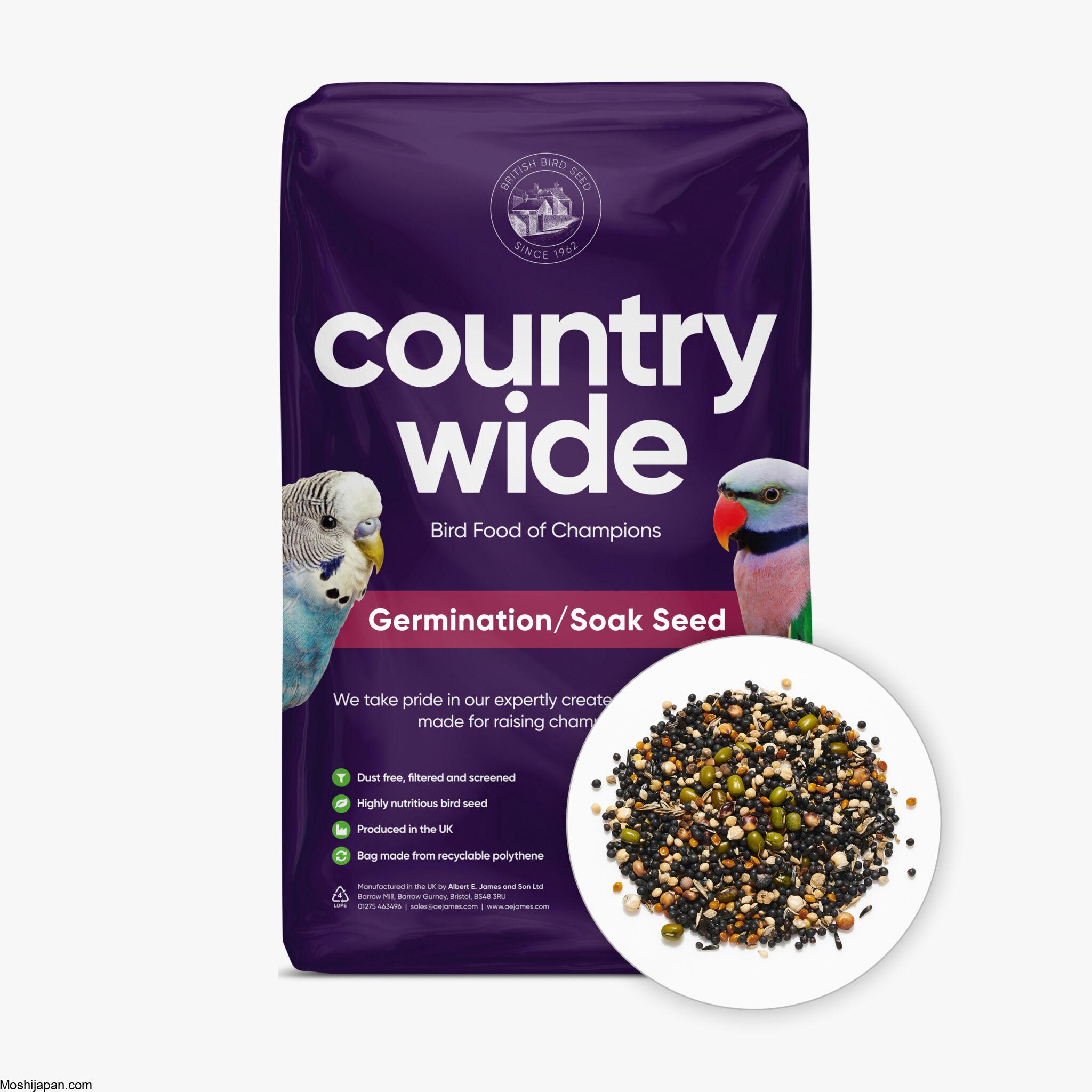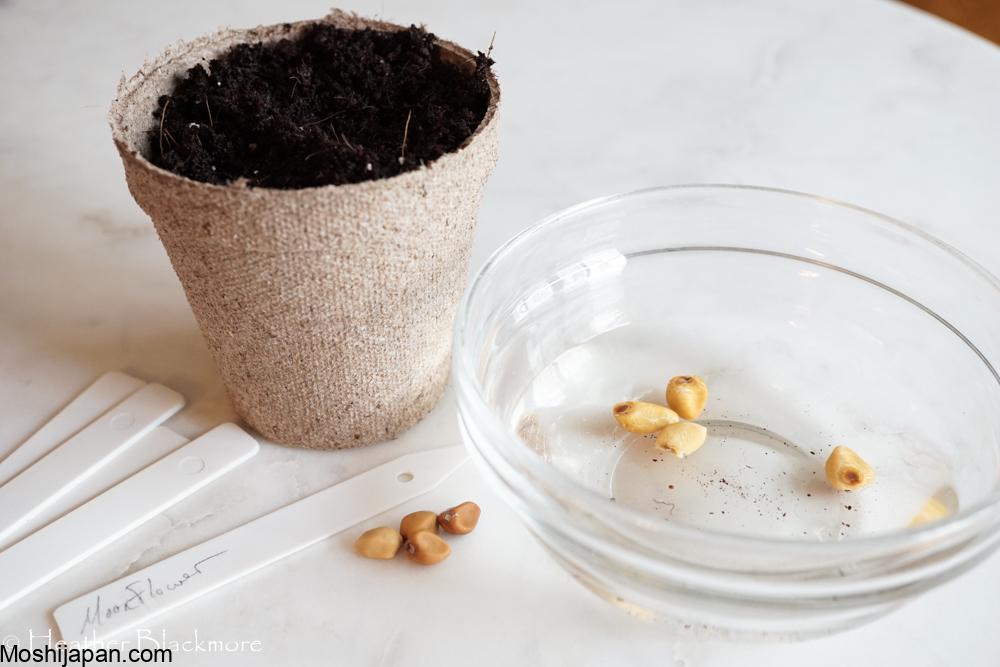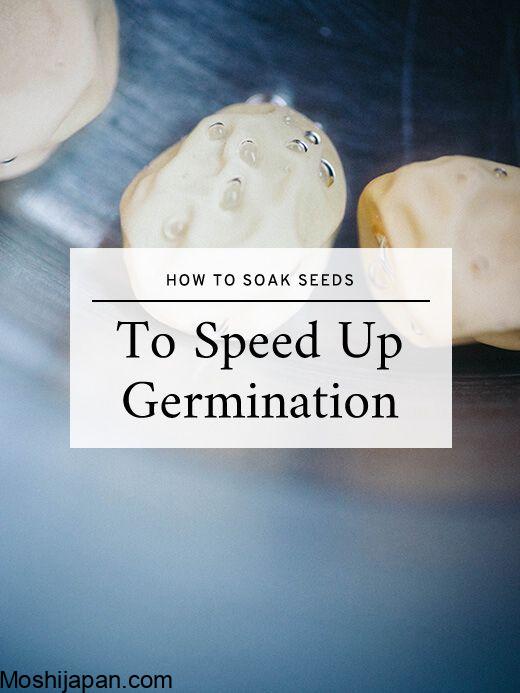How to Soak Seeds and Speed Up Germination Time
In the world of gardening and horticulture, the process of seed germination is a crucial first step toward cultivating healthy plants. Whether you’re a seasoned gardener or just getting started with your green thumb journey, understanding how to soak seeds to accelerate germination time can make a significant difference in your gardening success. In this comprehensive guide, we will walk you through the ins and outs of this technique, offering valuable insights and practical tips to help you achieve faster and more reliable germination.
The Importance of Seed Soaking

Seed soaking is a practice that involves immersing seeds in water for a specified period before planting them in the soil. This pre-germination treatment offers several advantages, making it a valuable tool in the arsenal of any gardener.
1. Enhanced Moisture Absorption
Soaking seeds initiates the absorption of water by the seed coat, softening it and facilitating the embryo’s emergence. This can significantly reduce the time it takes for a seed to germinate, giving your plants a head start in their growth journey.
2. Improved Germination Rates
By providing an optimal environment for seeds to begin their growth, soaking can boost germination rates. This means more of your seeds will successfully sprout into healthy seedlings.
3. Uniform Germination
Soaking seeds helps ensure uniform germination, meaning your plants will have similar development stages. This can make it easier to manage your garden and plan for the future.
4. Disease Prevention
Soaking seeds can also help prevent soil-borne diseases. By starting with healthier, disease-free seedlings, you’re less likely to encounter issues later in the growing process.
Steps to Soak Seeds Effectively

Now that we’ve established the importance of seed soaking, let’s dive into the steps to do it effectively.
1. Choose the Right Seeds
Begin by selecting the seeds you want to sow. Different types of seeds may require different soaking times, so it’s essential to research the specific requirements for the plants you intend to grow.
2. Prepare Your Tools and Materials
Gather your supplies, which typically include a container, water, and your seeds. You may also need a strainer or fine mesh to aid in the soaking process.
3. Determine Soaking Time
The soaking time can vary from a few hours to overnight, depending on the seeds. Refer to the information provided on the seed packet or conduct online research to determine the recommended soaking duration.
4. Soak the Seeds
Place the seeds in the container and cover them with water. It’s essential to use room-temperature water, as extreme temperatures can shock the seeds. Let them soak for the specified time.
5. Rinse and Drain
After soaking, rinse the seeds thoroughly and allow excess water to drain. Use a strainer or fine mesh to make this process more manageable.
6. Plant Your Seeds
Once your seeds have been properly soaked and rinsed, you can proceed to plant them in your garden or seed trays, following the planting depth and spacing recommendations for the specific plant species.
Tips for Successful Seed Soaking

To ensure your seed soaking endeavors are as successful as possible, here are some additional tips and insights:
1. Timing Is Key
Don’t soak your seeds too early; aim to start the process a day or two before you plan to plant them. This way, you can be sure they won’t over-soak, which could lead to rotting.
2. Use Filtered Water
If your tap water contains high levels of chlorine or other chemicals, consider using filtered or dechlorinated water for soaking. This will help protect your seeds from potential harm.
3. Don’t Overcrowd
When soaking a large batch of seeds, avoid overcrowding the container. Ensure there is enough space for the seeds to expand as they absorb water.
4. Be Patient
While soaking seeds can expedite germination, remember that each plant species has its own growth timeline. Be patient and give your seeds the time they need to develop.
Frequently Asked Questions (FAQ)

Q1. Can I soak all types of seeds?
The suitability of seed soaking varies depending on the plant species. While it is beneficial for many types of seeds, some may not require or respond well to soaking. Always research the specific requirements for the seeds you plan to sow.
Q2. How can I prevent over-soaking my seeds?
To prevent over-soaking, stick to the recommended soaking times provided for each type of seed. Starting the soaking process a day or two before planting ensures you won’t leave the seeds in water for too long.
Q3. What if I don’t have access to filtered water for soaking?
If filtered water is unavailable, let tap water sit out for 24 hours before using it for seed soaking. This allows chlorine and other chemicals to dissipate.
Q4. Can I reuse the water from seed soaking for other purposes?
The water used for seed soaking may contain compounds released by the seeds. It’s advisable not to reuse this water for other plants, as it could potentially harm them.
Q5. Are there any seeds that should never be soaked?
Yes, some seeds, like those of certain succulents, may not benefit from soaking and can even rot if exposed to excess moisture. Always research the specific needs of the plants you intend to grow.
In conclusion, understanding how to soak seeds and speed up germination time is a valuable skill for any gardener. This simple yet effective technique can help you achieve faster and more reliable germination, leading to healthier and more robust plants in your garden. By following the steps and tips outlined in this guide, you’ll be well-equipped to make the most of your gardening endeavors and enjoy the fruits of your labor.
tag
- chicken feed
- how to Keep Chickens Off Your Porch
- How to grow oyster mushrooms at home
- Growing Kale in Pots



0 Comments